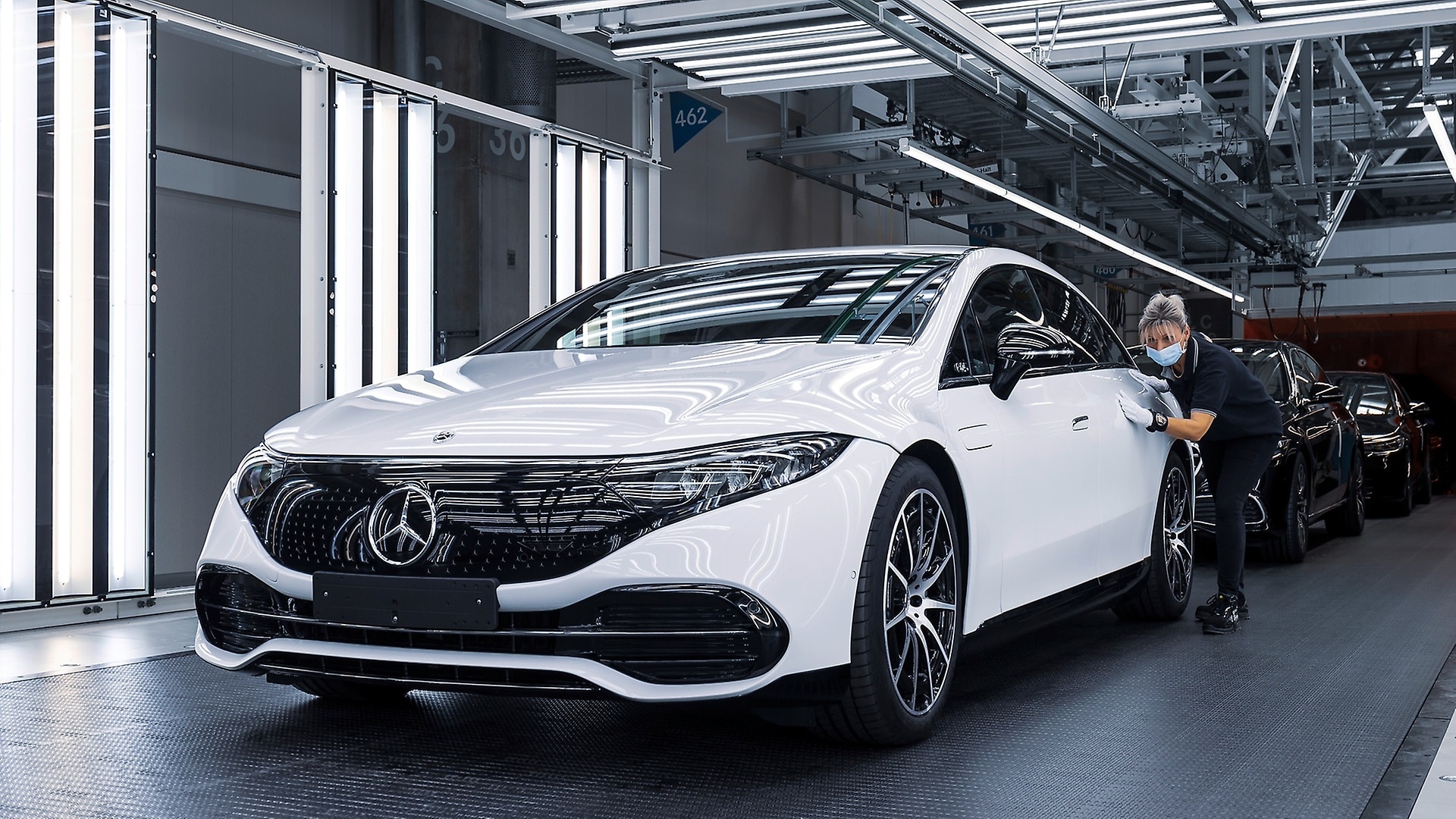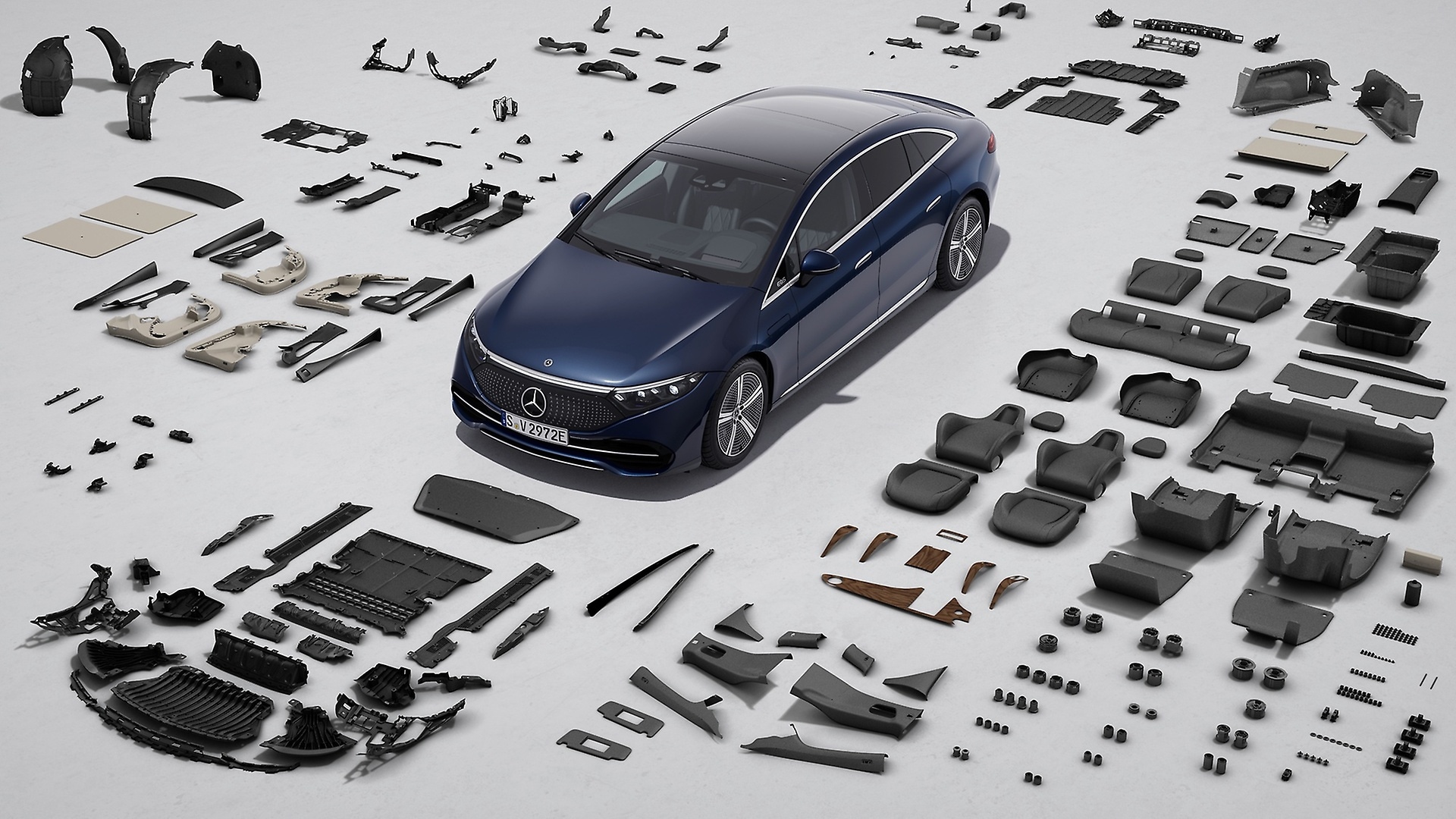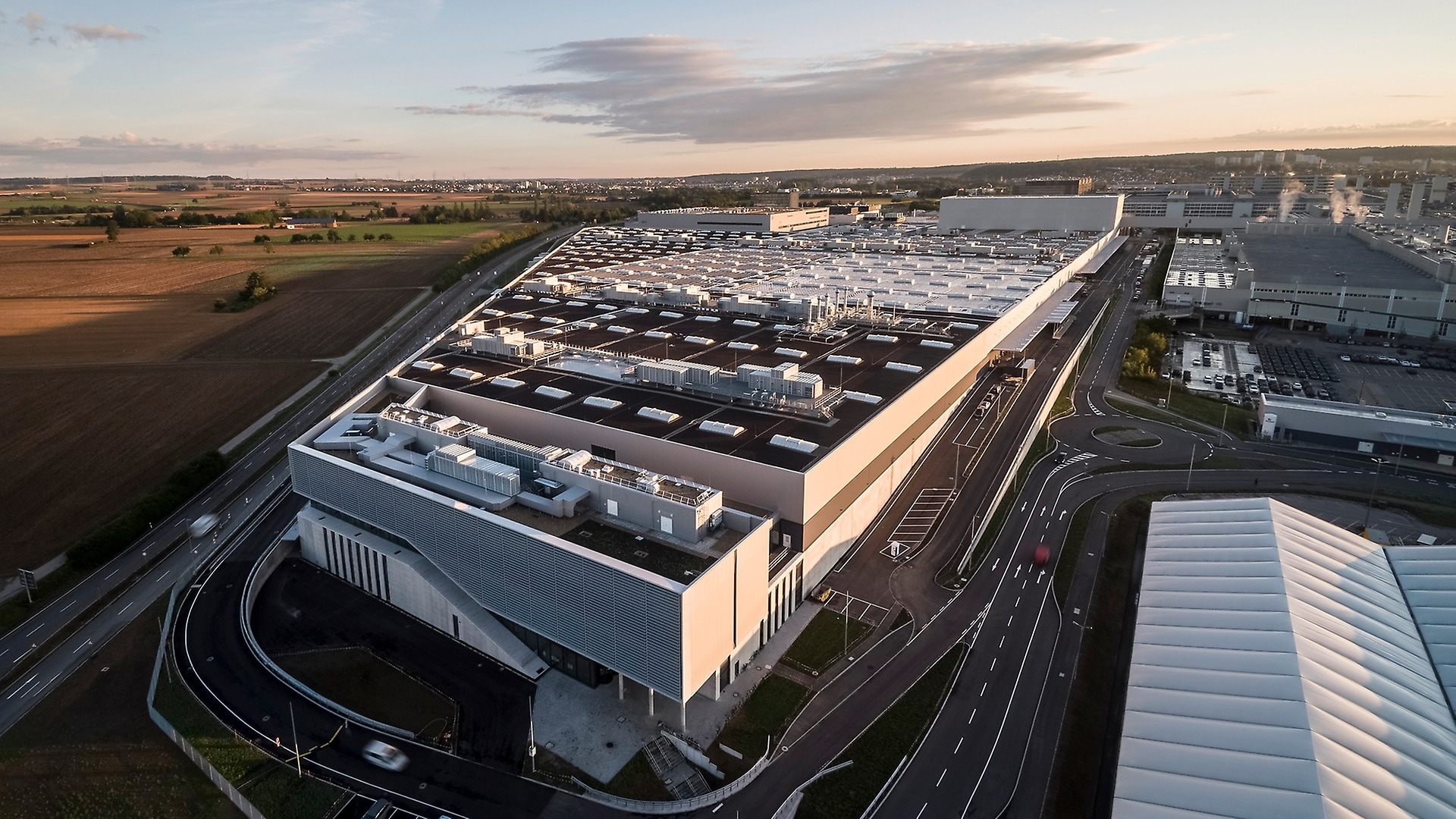This highly dynamic process of change is increasingly being influenced by investors who demand sustainable action. One response to this was the first green bond in the amount of one billion euros, which the Mercedes-Benz Group issued in September 2020. The second green bond of the same amount followed in February 2021. The net proceeds from these issues are used exclusively to fund green projects. This enables investors to participate directly in the attainment of the sustainability goals and at the same time ensures that we have the liquidity we need to make important investments for the future.
This is necessary because our efforts as a company are embedded within a legal framework set by politics. For example, the goals of the Paris Climate Agreement must be implemented, so that targets and incentives are set not only for individuals, but for society as a whole – because that’s the only way that the climate can be effectively protected in the long-term. At the European level, for example car manufacturers are given fleet limits. It should be noted that the goals of our Ambition 2039 go beyond these requirements.
We want to become CO₂ neutral by 2039 – the goal we set ourselves in May 2019 with the aforementioned Ambition 2039 programme has since then gained an enormous momentum, both internally and externally. From my point of view we’ve made much more progress over the past two years than was originally thought possible. In my opinion, the decision of the Executive Board to set sustainability targets for all areas is the basis for this success. Environmental protection is being directly managed and put into practice in our daily work.
It makes me proud that we have even exceeded our targets defined for 2021 in some areas. For example, we have succeeded in reducing the amount of cobalt in the cathodes of the EQS’ battery cells to less than ten per cent and thus significantly improved compared to previous battery generation. Our procurement unit also made great progress. For example, Mercedes-Benz has agreed to purchase battery cells produced in a CO₂-neutral manner as part of its strategic partnerships with battery cell partners CATL, ACC and Farasis. Starting with the EQS, we will only procure CO₂-neutral battery cells for our new all-electric passenger car models. This will save around 30 percent of the emissions from battery production.
,xPosition=0,yPosition=0.5)



